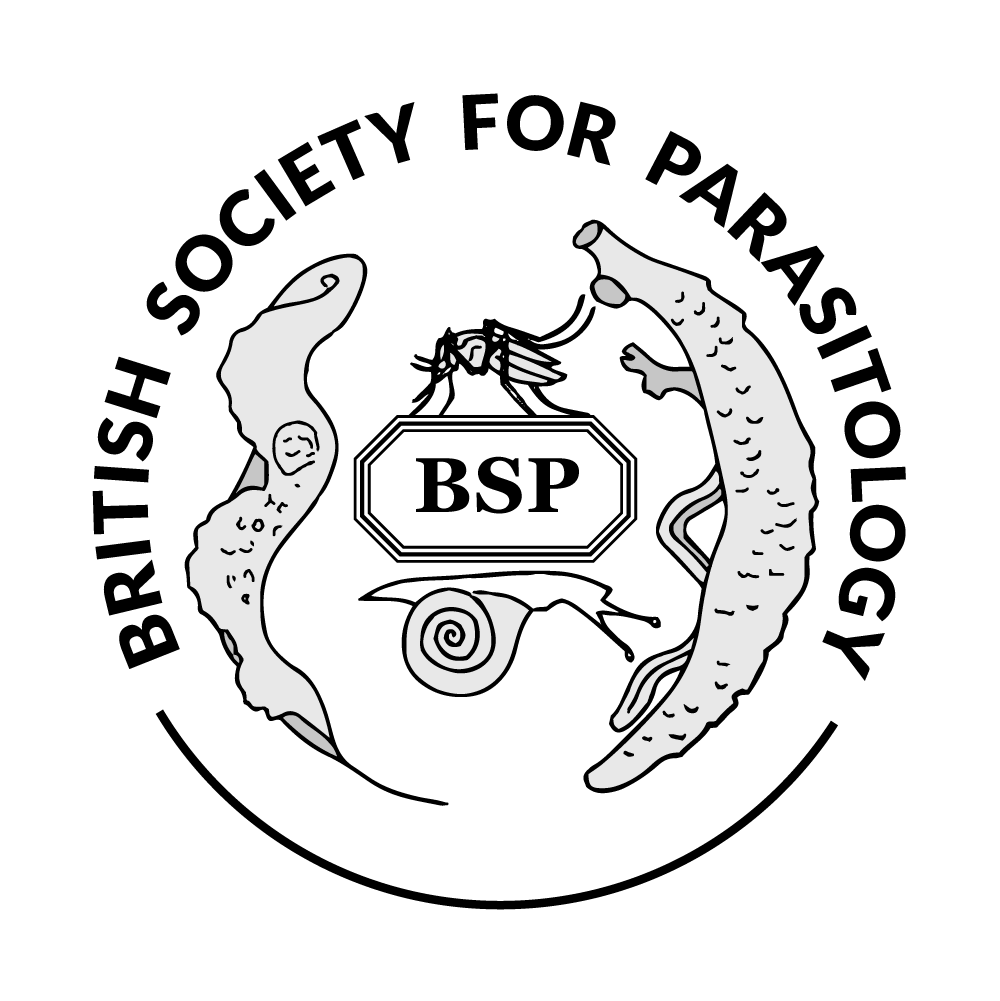Many bacteria use quorum sensing to coordinate behaviours such as swarming, virulence factor production and biofilm formation. They communicate via the excretion and uptake of small molecules known as autoinducers.
With our library of autoinducer-antibiotic conjugates, we aim to hijack the autoinducer uptake apparatus to facilitate the influx of known antibiotics, in a strategy that has already successfully been employed with sideophore-antibiotic conjugates.
We focus on the autoinducers produced by Pseudomonas aeruginosa as it is a significant human pathogen which displays high resistance to many antibiotics and uses quorum sensing to coordinate its group behaviours. Derivatives of these autoinducers are coupled with derivatives of ciprofloxacin using either a copper(I)-catalysed azide-alkyne cycloaddition or an SN2 reaction. Ciprofloxacin was chosen as it is commonly used against P. aeruginosa but resistance to it is developing. It is hoped that the autoinducers will deliver the attached ciprofloxacin into the cell, thus potentially increasing its potency or even restoring its efficacy against resistant strains.

